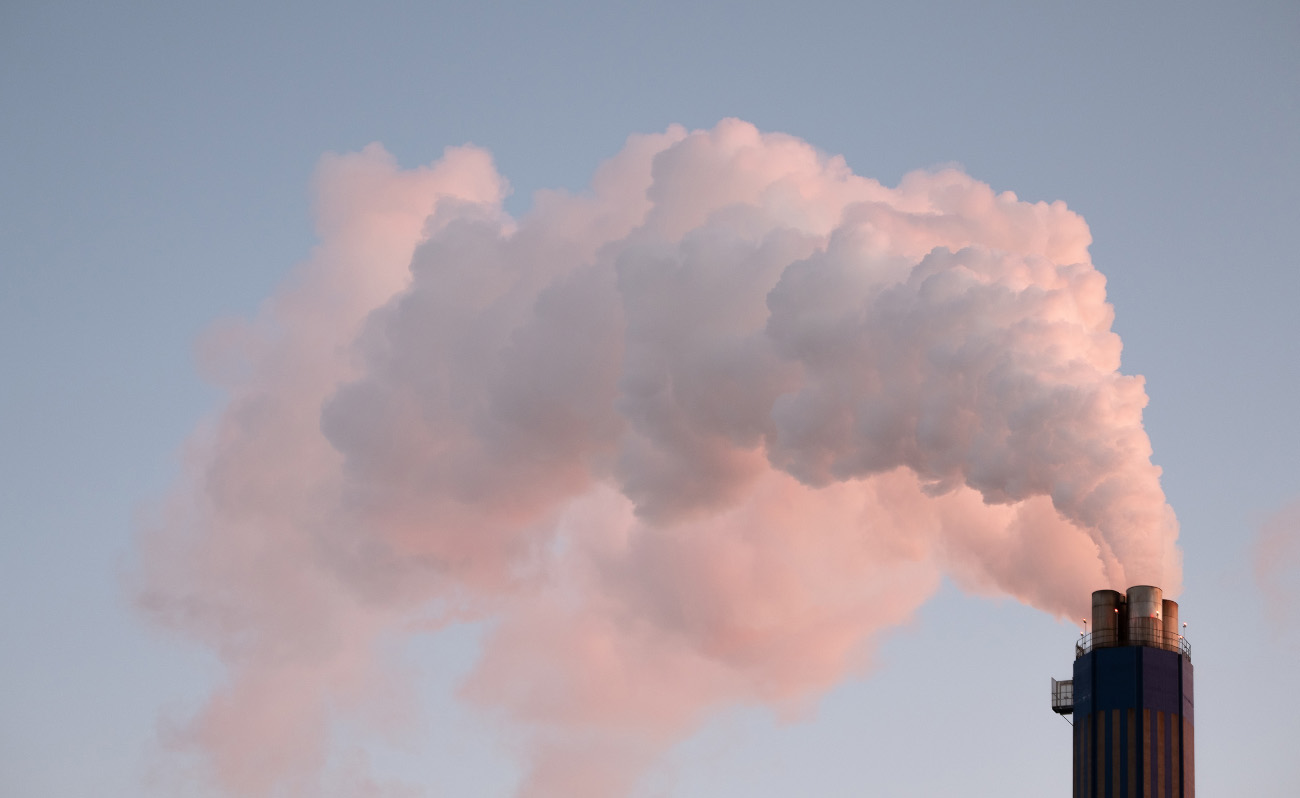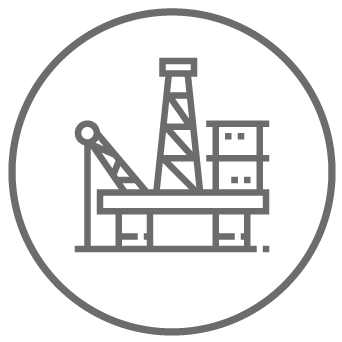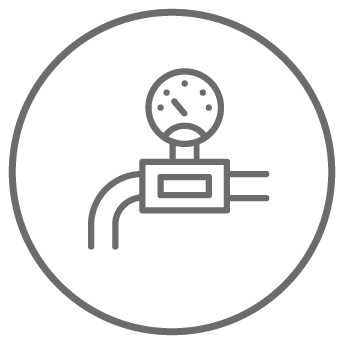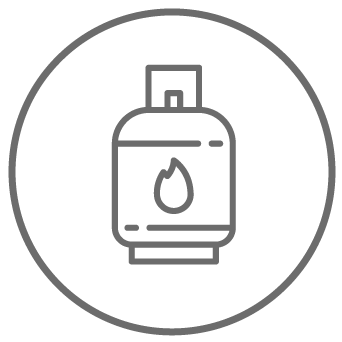Kyoto Protocol – Content

Today everyone is familiar with the Kyoto Protocol, the international agreement on climate change which aims to reduce the emissions of gases responsible for the greenhouse effect and global warming and which involves several industrialized countries that have joined it.
The treaty itself is based on the UNFCCC, the United Nations Framework Convention on Climate Change signed in 1992 in Rio de Janeiro during the earth summit. To implement it, Japan created this protocol in 1997, which contains times and procedures on climate change.
In particular, the treaty was signed on 11 December 1997 in Kyoto, but it entered into force only in 2005 after ratification by Russia, given that to have value, the signatory nations had to represent at least 55% of greenhouse gas emissions.
Surely, the Kyoto Protocol was the first step to combat greenhouse gases and laid the foundations for all subsequent agreements on climate change at the international level.
Kyoto Protocol - Principles
The main feature of Kyoto Protocol is that it establishes binding and quantified targets for the limitation and reduction of greenhouse gases for the acceding countries (the Parties) or 37 industrialized countries and the European Community.
Kyoto Protocol requires countries to achieve their reduction targets primarily through national measures. However, the protocol makes it possible to reduce greenhouse gas emissions through market-based mechanisms, the so-called “Flexible Mechanisms”. (Source: https://www.isprambiente.gov.it/)
Flexible operating mechanisms underlying the Kyoto Protocol are:
- International Emissions Trading States undertake to limit and reduce greenhouse gas emissions in a given period. Each country has a quantity of emissions and the countries that have the quantity of emissions saved can sell them to those who exceed the limits. The reduction of emissions therefore becomes a commodity and we talk about monitoring and trading of carbon emissions within the so-called "carbon market" or carbon market
- Clean Development Mechanism (CDM) Defined in Article 12 of the Protocol, it allows a country that has undertaken to reduce or limit emissions in accordance with the provisions of the Kyoto Protocol, to be able to implement projects to reduce emissions same in developing countries. These projects make it possible to have recognized "certified emission reduction credits" (CER), each equivalent to one ton of CO2, which can be placed on the "Carbon market" in order to achieve the objectives set by the Protocol itself. An activity of the CDM project could be, for example, a rural electrification project realized through the use of solar panels, the installation of more efficient boilers or the use of electric tractors at the airport that allow the reduction of CO2 emissions
- Joint Implementation: the joint implementation mechanism allows the country that has reduced or limited emissions to earn emission reduction units from a project of another country that has joined the Kyoto protocol in order to achieve global objectives. In this way, a flexible and efficient system of collaboration between countries is created which involves foreign investments and the transfer of technology
Settala Gas and Kyoto protocol
To achieve the objectives set by the Kyoto protocol it is important to focus on sustainable gases such as hydrocarbons, produced by Settala Gas for various uses in many industrial sectors and areas of daily life. This is an epochal change, but one that allows companies to increase environmental sustainability, reduce pollution and greenhouse gas emissions. An important process for safeguarding life on Earth and in which everyone should give a contribution.
Contact us to find out more!




